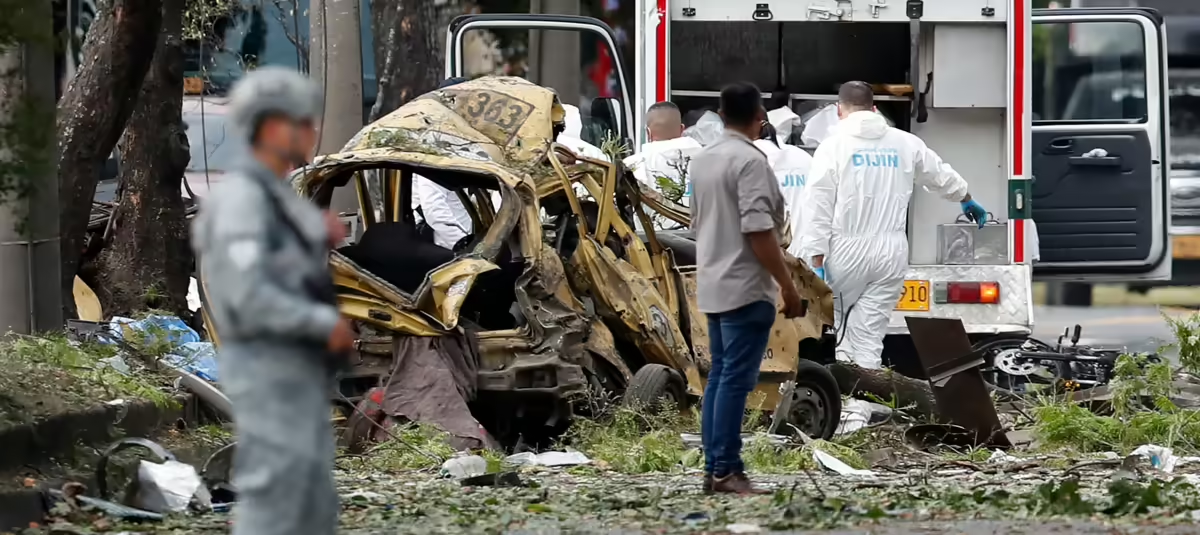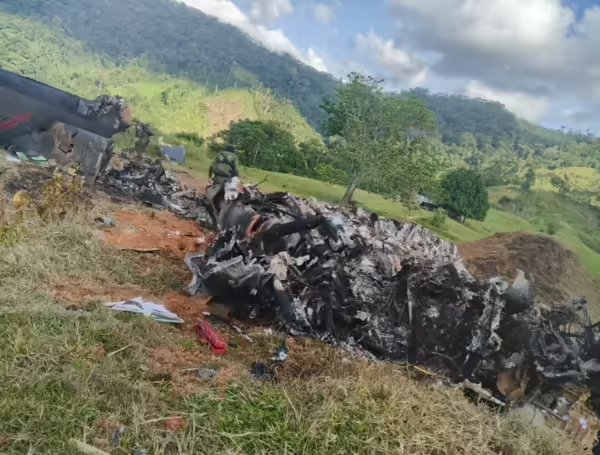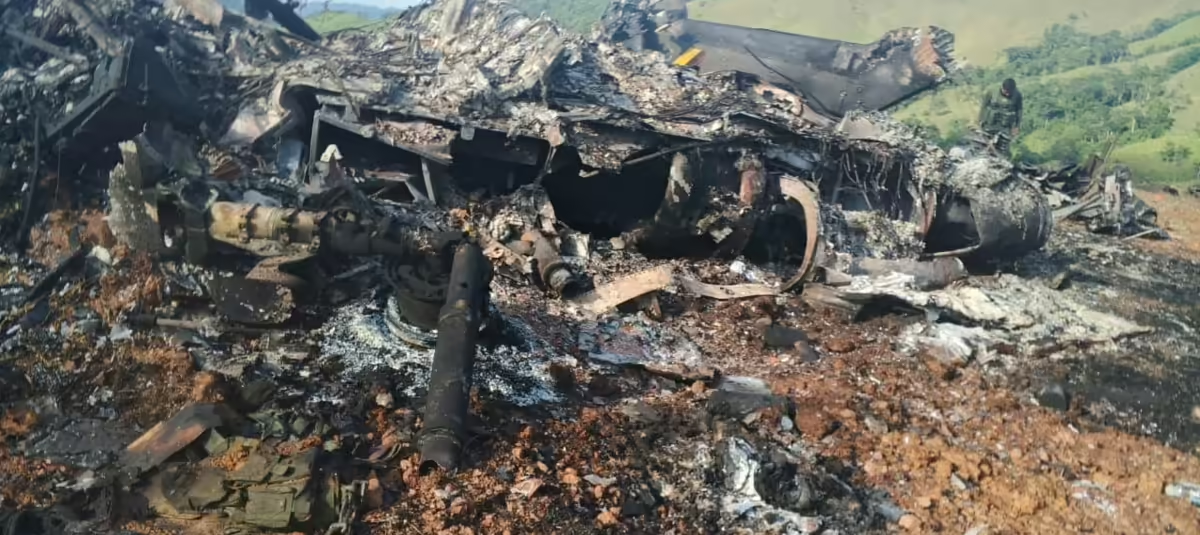Already a subscriber? Make sure to log into your account before viewing this content. You can access your account by hitting the “login” button on the top right corner. Still unable to see the content after signing in? Make sure your card on file is up-to-date.
Colombian officials have confirmed that at least 18 people were killed and dozens more injured in two separate attacks attributed to dissident factions of the former FARC guerrilla group.
Some shit you should know before you read: If you’re unaware, the Revolutionary Armed Forces of Colombia (FARC) was a Marxist-Leninist guerrilla group founded in 1964 as the armed wing of the Colombian Communist Party. Originating from peasant self-defense groups in rural Colombia, FARC initially claimed to be fighting for land reform, social justice, and an end to government corruption. Over decades, the group evolved into the largest insurgent force in Latin America, financing its operations through kidnapping, extortion, and involvement in the drug trade (activities that led to widespread accusations of terrorism, human rights abuses, and crimes against civilians). Despite signing a peace deal with the Colombian government in 2016 that led to their official demobilization, some factions refused to sign on to the agreement and continue armed operations, often intertwined with criminal networks and narcotrafficking.

What’s going on now: In a notable development, Colombia was rocked by two deadly attacks on the same day that left at least 18 people dead and dozens more injured. The first incident occurred in Cali, the country’s third-largest city, where a vehicle loaded with explosives detonated near a Colombian Aerospace Force base. The blast killed six people and injured at least 71, with videos on social media showing widespread destruction and civilian casualties. Cali’s mayor, Alejandro Eder, implemented emergency security protocols and announced a reward for information leading to those responsible. Authorities later confirmed that the suspect detained in connection with the bombing was a member of the Estado Mayor Central (EMC), a prominent FARC dissident faction known for its alignment with drug trafficking operations.

Hours earlier, in the rural municipality of Amalfi in Antioquia, a Colombian National Police UH-60 Black Hawk helicopter was shot down during a cocaine eradication mission. The aircraft was hit by a drone in what appears to be the first confirmed case of such a tactic being used successfully against a helicopter in the Western Hemisphere. The explosion resulted in the deaths of 12 officers aboard and has raised eyebrows over the evolving nature of asymmetric warfare. Preliminary reports from Colombian officials, including Defense Minister Pedro Sánchez and Antioquia Governor Andrés Julián Rendón, confirmed that a drone caused a fire that brought the helicopter down as it approached a contested landing zone.
Initially, President Gustavo Petro blamed the attack on the Gulf Clan, the country’s largest drug cartel, suggesting it was retaliation for a recent cocaine seizure. However, he later attributed both attacks to FARC dissident groups, specifically the EMC, claiming that these guerrilla factions have become proxies for narcotrafficking networks.
Petro described the incidents as acts of terrorism and called for international recognition of these armed groups as terrorist organizations, declaring that Colombia would pursue them “anywhere on the planet.”







